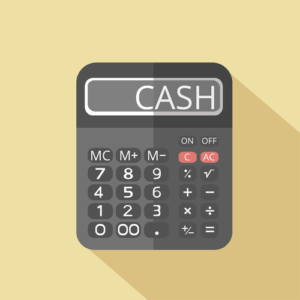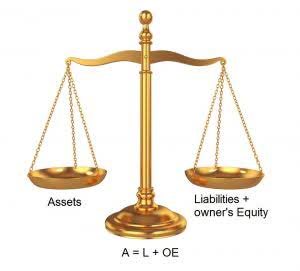Debit Memos: Debit Memos: Understanding Their Impact on Bank Reconciliation

A check written to another party also shows up as a debit memo on the statement. Accurate accounting entries ensure your financial statements and, thus, reflect your company’s current financial situation. This is especially crucial in industries like retail, manufacturing, and federal contracting, where precise financial records are important to keep.

Debit Memos on Bank Statements

When you dispute it, you will need to address the actual issue that was raised in the first place and why you consider it Insurance Accounting to be invalid. The good news is we put together this guide to cover the most important pieces of information. Understanding the nuances of such transactions is essential for effective financial oversight.
- This process involves verifying that the debit memos issued by a bank or a vendor match the corresponding charges in a company’s accounting records.
- A debit memo is a document issued by a seller to inform the buyer or customer that their account has been debited or increased by a specific amount due to additional charges.
- Effective management of debit memos is therefore not just about reconciliation; it’s about ensuring the financial stability and integrity of the enterprise.
- A credit balance that exists in a customer account can be offset within a company by creating a debit memo.
- A common misconception about memo debits is that they represent actual removal of funds from an account.
Who Issues a Debit Memo?
Choose InvoiceOwl to manage your invoices efficiently and get paid on time without any hassle. In the realm of business, the concept of time utilization goes beyond mere clock-watching or the… Stock photography has emerged as a lucrative part-time business venture for many photographers,…
Online Invoicing Software Experts
Once you start scanning your bank statement, you may notice that many different types of transactions show up as debit memos. One of the most common types of debit memos is a withdrawal, such as when you take cash out from an ATM machine or through a bank teller. Another type of debit is a charge on a debit card, which is linked to the bank account.
- To dispute a debit memo, it’s important to have strong evidence and proof.
- The accountant reviews the company’s purchase records and finds no corresponding transaction.
- It could be for any number of reasons, but they can sometimes get taken out automatically.
- Debit memos play a pivotal role in ensuring the accuracy of financial records and maintaining the integrity of the reconciliation process.
- ABC Manufacturing Co. shipped a large order of industrial equipment to XYZ Corp.
- Our expert team dives deep into the top solutions to find the best options just for you.
In essence, a debit memo is a document issued by a bank against a depositor’s account, or by a supplier in response to a returned item or an underpayment. It effectively reduces the balance of the account it is applied to, signifying an obligation for the account holder to pay an additional amount. From the perspective of a bank, a debit memo might be used to charge a customer for a bounced check or to adjust an account balance for bank fees.
If a customer pays more than an invoiced amount, intentionally or not, the firm can choose to issue a debit memo to offset the credit and eliminate the positive balance. To highlight the importance with an example, consider a company that receives a debit memo for an interest charge on a loan. If this charge is not reconciled promptly, the company may overstate its interest expense, leading to an inaccurate profit margin calculation. This could have a domino effect on the company’s financial decisions and investor relations. It’s not easy to dispute a debit memo, but it can be done if there are mistakes in the payment, the quality of the product, or if the service was not done as promised. To dispute a debit memo, it’s important to have strong evidence and proof.

Top 5 Practices of Managing Debit Memos

A debit memo on a bank statement is a notice that the bank made a correction to the amount of money in an account. This can happen when debit memo on bank statement a customer disputes a charge, has fees taken out, or there’s an error in the interest. It shows why the change was made and gives the customer a record of it. The goal is to keep accurate records for both the bank and the customer. When this happens, the fees work as more of an adjustment instead of a specific transaction.

Both a debit memo and a credit memo inform clients of a change in their account status. Customers (or buyers) are informed by a debit memo as to why their account balance has decreased or why they now owe more. There can be a few different types of debit memos depending on the situation and the industry. For example, they can be common in retail banking, to fix a billing error, or to offset credit. Keep reading for a further breakdown of some of the most common types of debit memos. It helps businesses fixed assets to keep track of unpaid invoices and make sure they have accurate records.